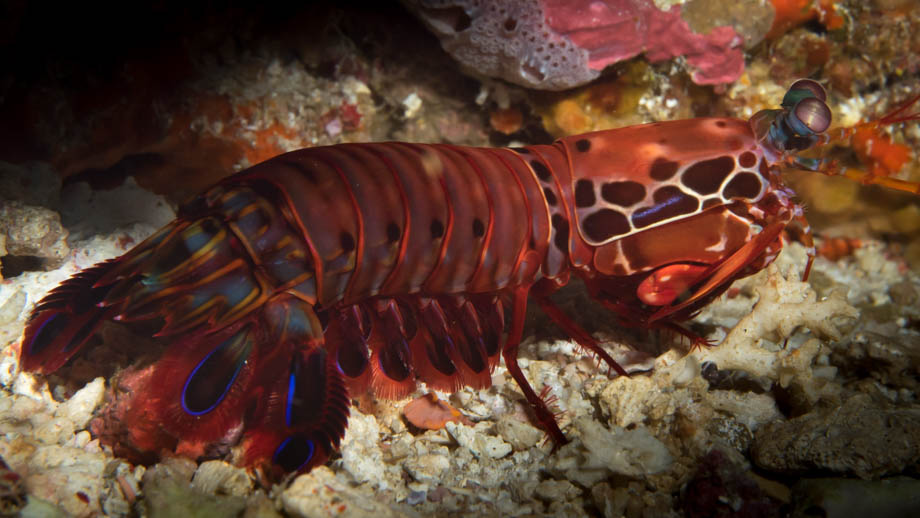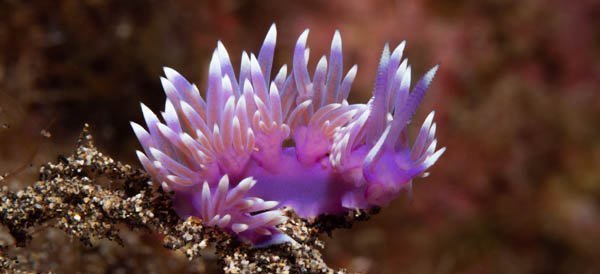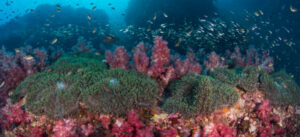Komodo Island
Marine Life
Not only does Komodo National Park offer calm and colourful reefs that are absolutely teeming with fishes, but the strong currents also tend to attract larger filter feeders and other chondrichthians (cartilaginous fish such as rays and sharks). The plankton-rich oceanic upwellings also cause an explosion of other marine life, especially invertebrates.
I was astounded by the amount of decapod crustaceans that I saw, especially on the night dives. During the day, those that are camouflaged tend to remain still and only move around to feed at night. One type that never failed to impress me, with their fantastic shapes and colours, were the decorator crabs. These crabs were always seen equipped with different 'costumes', as they wandered around the reef decorating their carapace and legs with sponges, anemones, and hydroids (and occasionally even dead fish!) from their surroundings. The crabs do this by breaking off coral and attaching it to the 'hooked setae' on their bodies, something that is not too dissimilar from velcro.
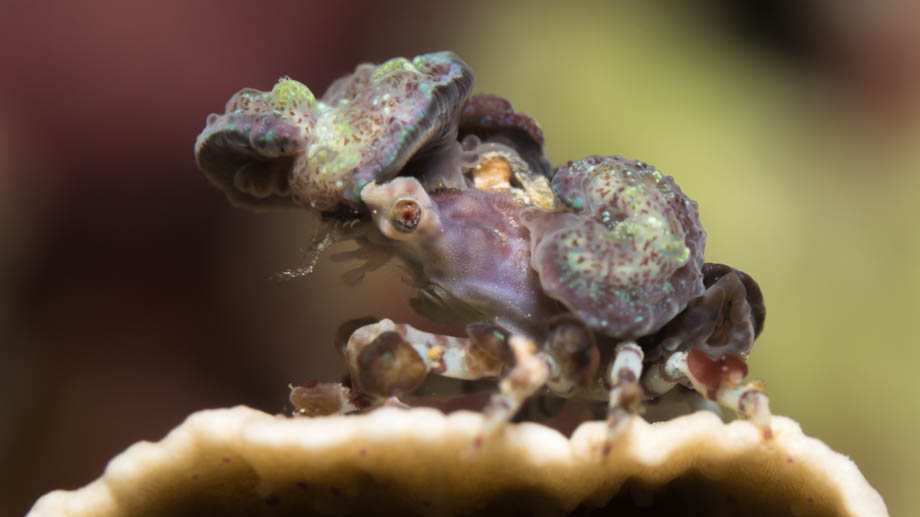
The corallimorph decorator crab (Cyclocoeloma tuberculata), is just one species that does this--what is referred to as "adventitious concealing coloration"--and seems to have a penchant for mushroom anemone (Discosoma spp.). The anemone in question is usually shaped like a flattened disc and tends to be brightly-coloured due to the symbiotic zooxanthellae in their tissues. One fascinating thing to note is that decorator crabs have been found to 'recycle' their decorations during the moulting process. It does this by removing the decorations from the old exoskeleton that it has shed, and transfers them to its newer, larger one.
These decorations are not only used as camouflage but also as a deterrent. Hydroid spider crabs (Hyastenus spp.) for instance, have commensal relationships with hydroids and are often found completely covered in hydroid polyps. Upon contact, cnidarians like these discharge their toxins via explosive stinging cells called nematocytes, thus ensuring that predators are kept at bay.
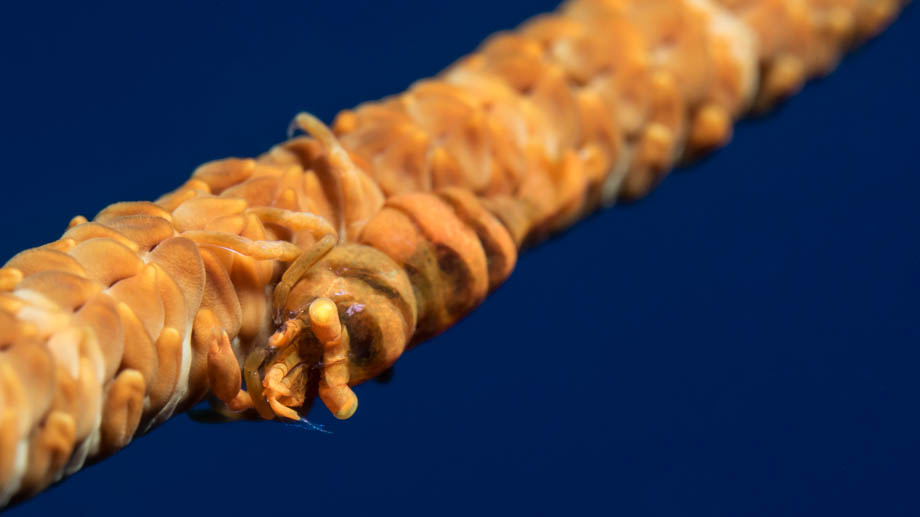
The order of crustaceans that the decorator crabs are a part of, the decopods, has tens of thousands of species. This huge number also makes the order extraordinarily diverse, both in shape as well as size. From the small, 5cm-long, decorator crabs, you have the even smaller, 1.5cm-long, bubble coral shrimps (Vir philippinensis) and whip coral shrimps (Pontonides unciger). The latter are often found on long strands of whip coral (Cirrhipathes spp.) and have colours that match their host, making them fairly hard to spot. They can often be found in pairs, with the females being almost twice as large as the males.
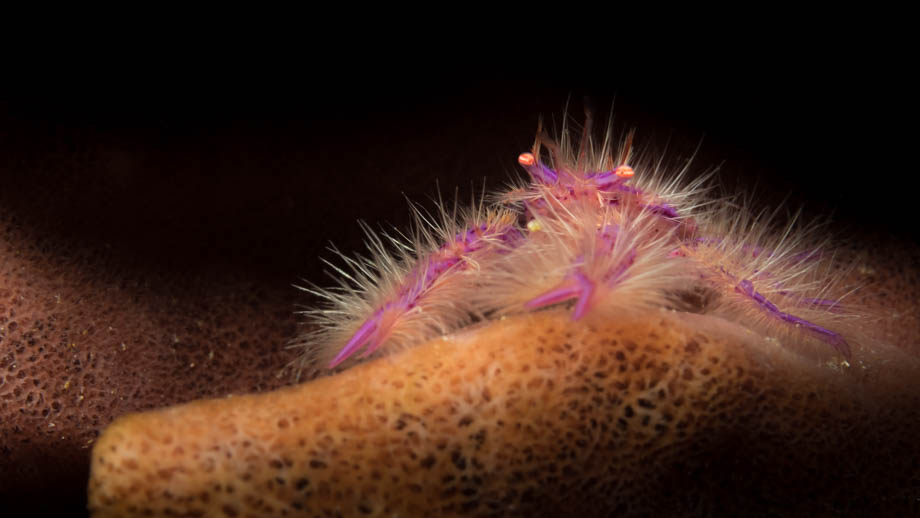
Another tiny decopod, also about 1.5cm-long, is the pink hairy squat lobster (Lauriea siagiani). These creatures are actually not lobsters, but are crabs that are sometimes referred to as 'fairy crabs'. These crabs are usually found on giant barrel sponges (Xestospongia testudinaria), but, unlike the whip coral shrimps, are a lot easier to spot because of their bright pink-purplish colour and the long white hair that completely covers their bodies. There are plenty of other crustaceans that can be found around the reef, but not all of them are decapods. Stomatopods, like the peacock mantis shrimp (Odontodactylus scyllarus) can also be frequently seen scuttling around the ocean floor.
